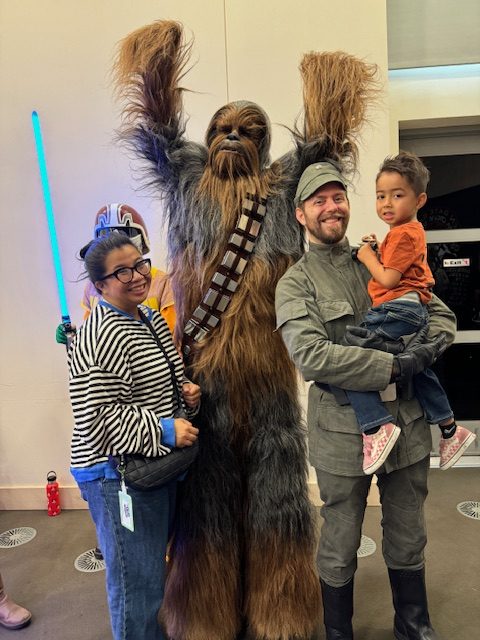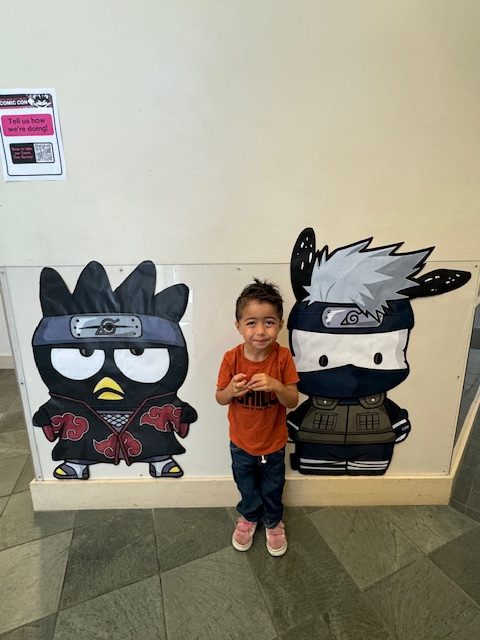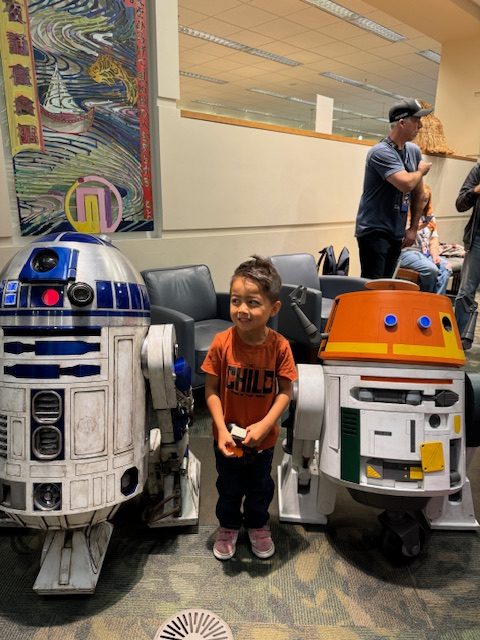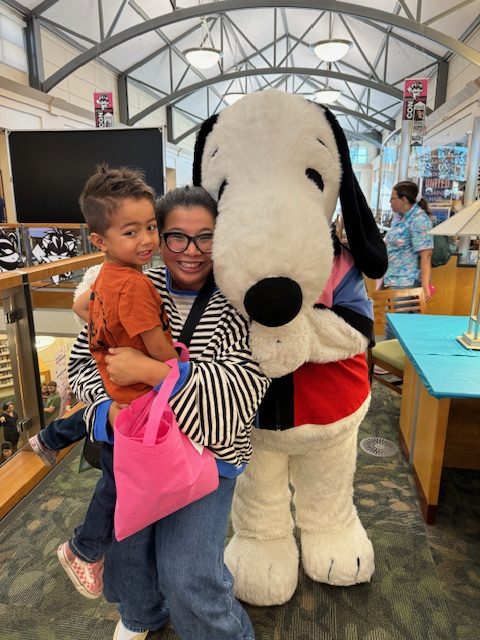Introduction: Reframing the idea of the library

One of my core beliefs that continues to drive my journey into librarianship is that libraries are community builders. They provide the crucial third spaces – the places that we gather together that are neither home nor work ( Henshall, 2021) – for anyone to access. While one can define a third space as a coffee shop, the mall, or a bar, the libraries are in unique position to be defined as a third space that is not only accessible to anyone, but also accessible without needing to buy anything. Libraries are spaces that go beyond a book repository, rather they have the capacity to be the third space where users come for education, community, and respite.
These third spaces are needed now more than ever. Yet, they are disappearing at a rapid rate. Factors such as wage gaps, a global pandemic, and the rise of remote work and education continue to contribute to this decline.
The Declining Third Space
In the article, The Unfortunate, Ongoing Disappearance of Third Places, Rao discusses how the reduction of third spaces can be attributed to many factors particularly the widening pay gap. Rao, citing a quote from The Atlantic, states, “This is the ‘consequence of a culture obsessed with productivity and status, whose subjects might have decent incomes but little recreational time.’” (The Atlantic as cited in Rao, 2024) Our society is working longer hours to earn livable wages. Oftentimes third spaces also come at a high cost. Rather than go out and spend money, people turn to the digital space for community.
From the Digital Space to the Physical Realm
While the digital space is valuable for communities around the world to connect, they cannot fully replace the importance of in-person engagement. As Michael wrote in his book, Wholehearted Librarianship, “Libraries need to encourage the heart in the physical realm as well as online. We should be looking for creative ways to create zones in the library for different user groups…it should be okay to have at the library.” (Stephens, 2019) Michael emphasizes the need for libraries to embrace play and creativity whether through gaming or fun interactive experiences in the library.
Library 2.0: Purposeful Changes for the Library
This aligns with the ideas discussed in the book, Library 2.0: A Guide to Participatory Library Service. Casey and Savastinuk discuss how libraries are facing rapid change and increasing challenges due in large part to shifts in user expectations, savviness in technological resources, and additional competition for users’ attention and limited time. (Casey, Savastinuk, 2007) Library 2.0 seeks to reimagine the library as that dynamic third space that fosters connection, collaboration, and innovation.
As defined by Casey and Savastinuk, Library 2.0 is, “…a model for constant and purposeful change. Library 2.0 empowers library users through participatory, user-driven services. Through the implementation of the first two elements, Library 2.0 seeks to improve services to current library users while also reaching out to potential library users” (Casey & Savastinuk, 2007).

Bad Badz Maru and Pochacco
Santa Clara City Library Comic Con: A library transformed
Library 2.0 is evident in library initiatives like the Santa Clara City Library (SCCL) Comic Con, which transformed the library into a hub of innovation, creativity, and fandom. Events like SCCL Comic Con should continue to be mimicked across the nation as libraries seek to reclaim their title as an essential third space. It’s an important reminder for users as well as information service providers that libraries aren’t just for books. They’re spaces intended to build community.
Now in it’s 7th year, SCCL Comic Con celebrates reading and imagination by bringing together artists, comic books shops, cosplayers, makers, and authors. (Santa Clara City Library, n.d.) Unlike conventional Comic Conventions such as San Diego Comic-Con, SCCL Comic Con is free and open to the whole community. This ensures that financial barriers do not limit participation in the fandom thus fostering an inclusive and accessible event for all ages and audiences.
By hosting such an event, the Santa Clara City Library developed a unique third space that allows fans, creators, and families to come together to exchange ideas, play video games, tinker in maker spaces, meet industry professionals, cosplay (shameless plug for the 501st Legion: Golden Garrisons here), make art, and, simply, be in community.
As Michael wrote, Hooray for loud spaces in libraries that might be full of collaboration and conversation!” (Stephens, 2019)

My son and his favorite droids

Crafts with Snoopy
Conclusion: Reclaiming the Third Space
The SCCL Comic Con is an important reminder that libraries are more than just a quiet place to study and borrow books. They are a necessary third space where people, both new and seasoned library users, can gather, innovate, have fun, and feel a sense of belonging.
Libraries are shaped by the community it serves. Librarians are excited to serve the community as best they can with the budget they have. This means that users should use the library as a third space as often as they can as libraries are intended to provide connection in an increasingly digitally siloed world.
References:
Henshall, A. (April 29th, 2021) Third places: The ways losing our local haunts hurts us. BBC. https://www.bbc.com/worklife/article/20210428-third-places-how-losing-responsibility-free-zones-hurts-us
Casey, M. E., & Savastinuk, L. C. (2007). Library 2.0: A guide to participatory library service. Information Today.
Rao, D. (March 25th, 2024). The Week US. The unfortunate, ongoing disappearance of ‘third places’ https://theweek.com/culture-life/third-places-disappearing
Santa Clara City Library (n.d.). Comic Con. https://www.sclibrary.org/calendar/events/comic-con
Stephens, M. (2019). Wholehearted Librarianship: Finding Hope, Inspiration, and Balance. ALA Editions.


























